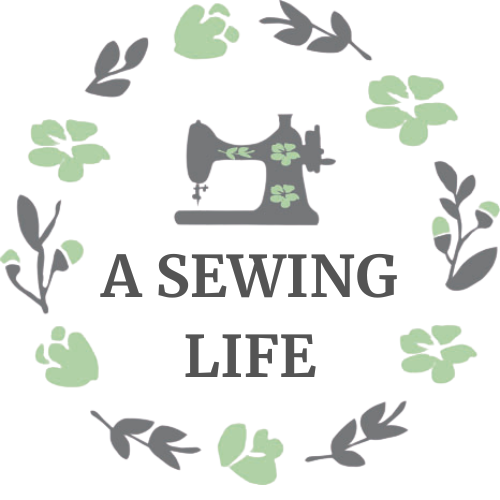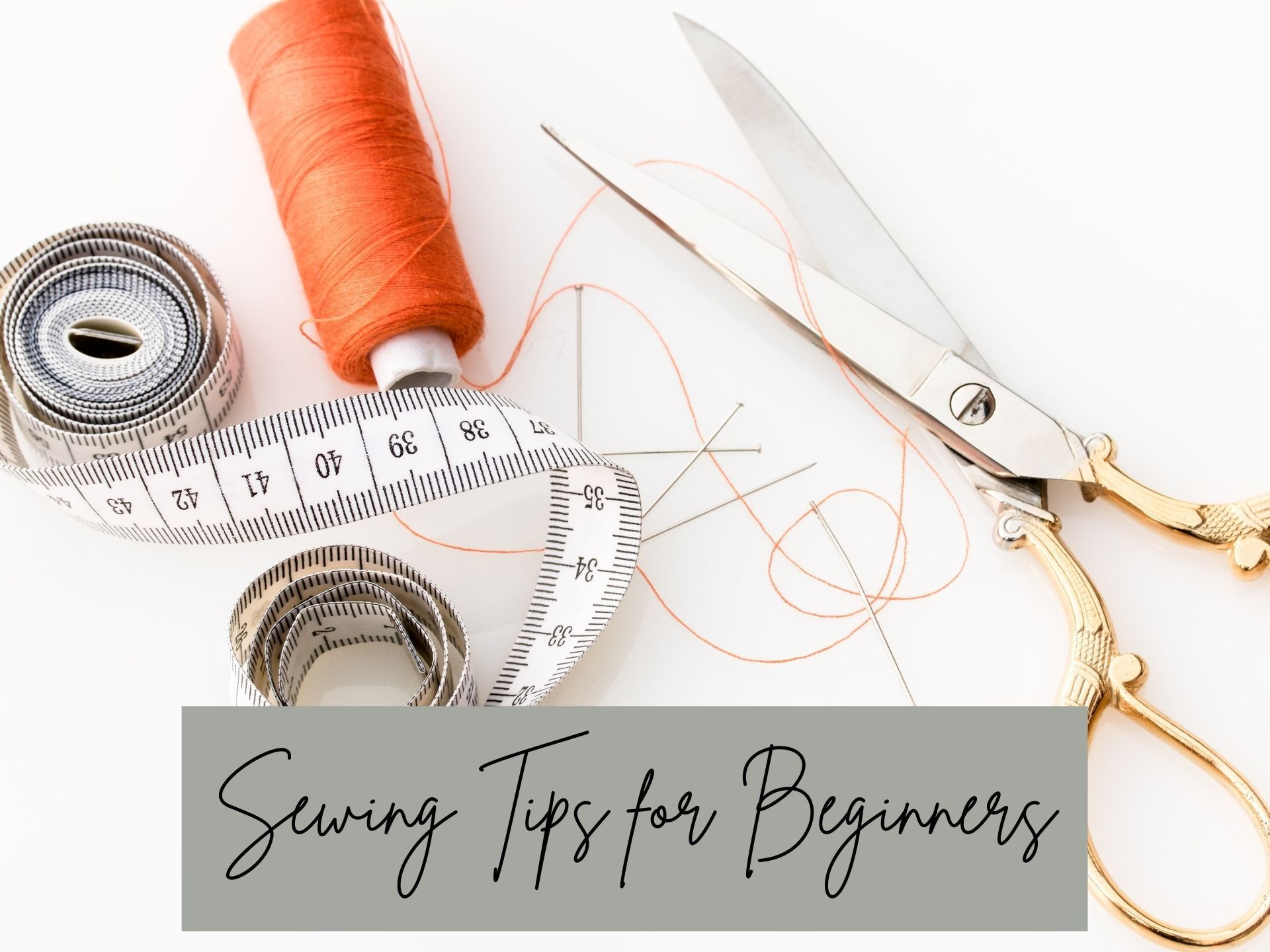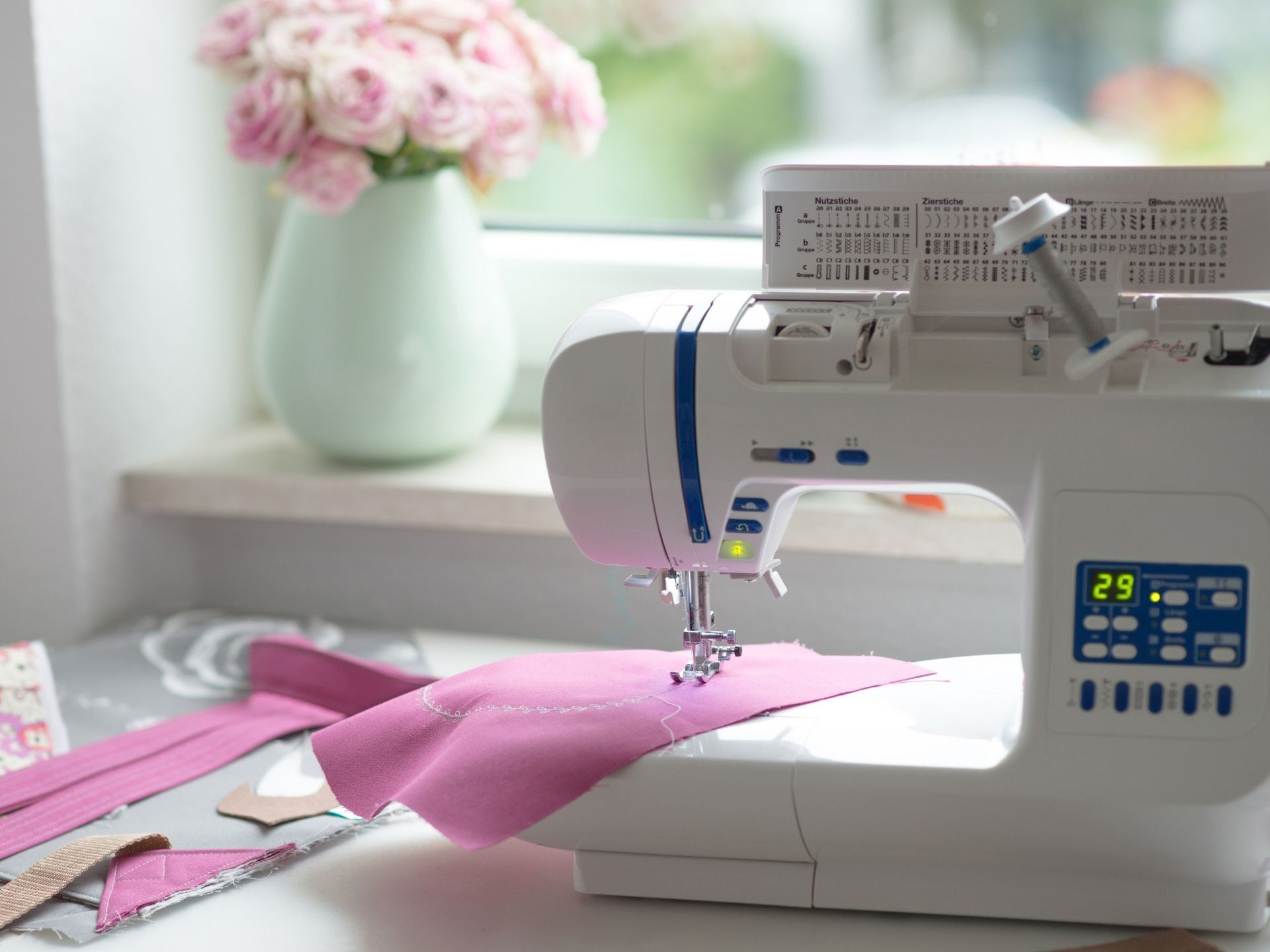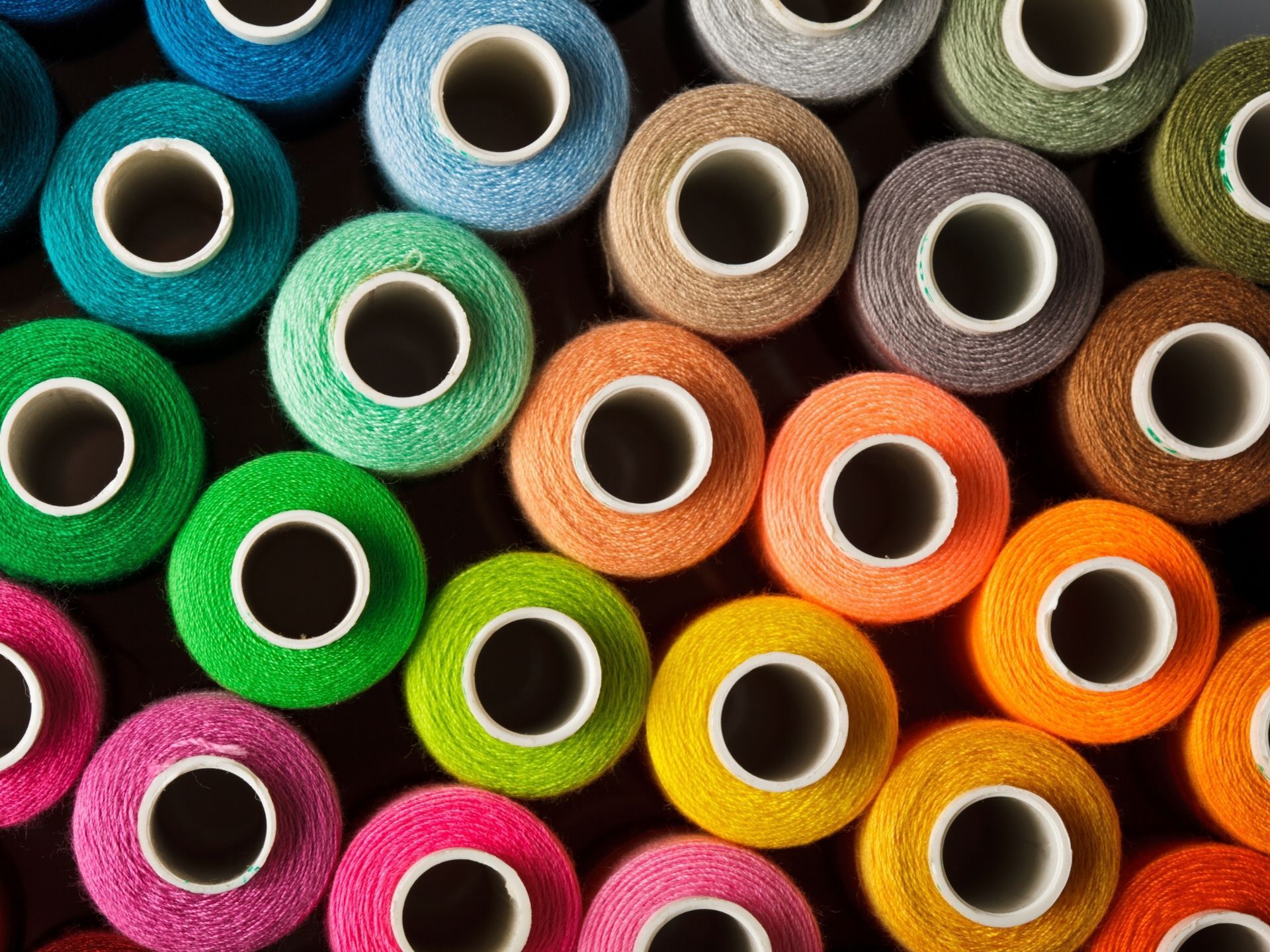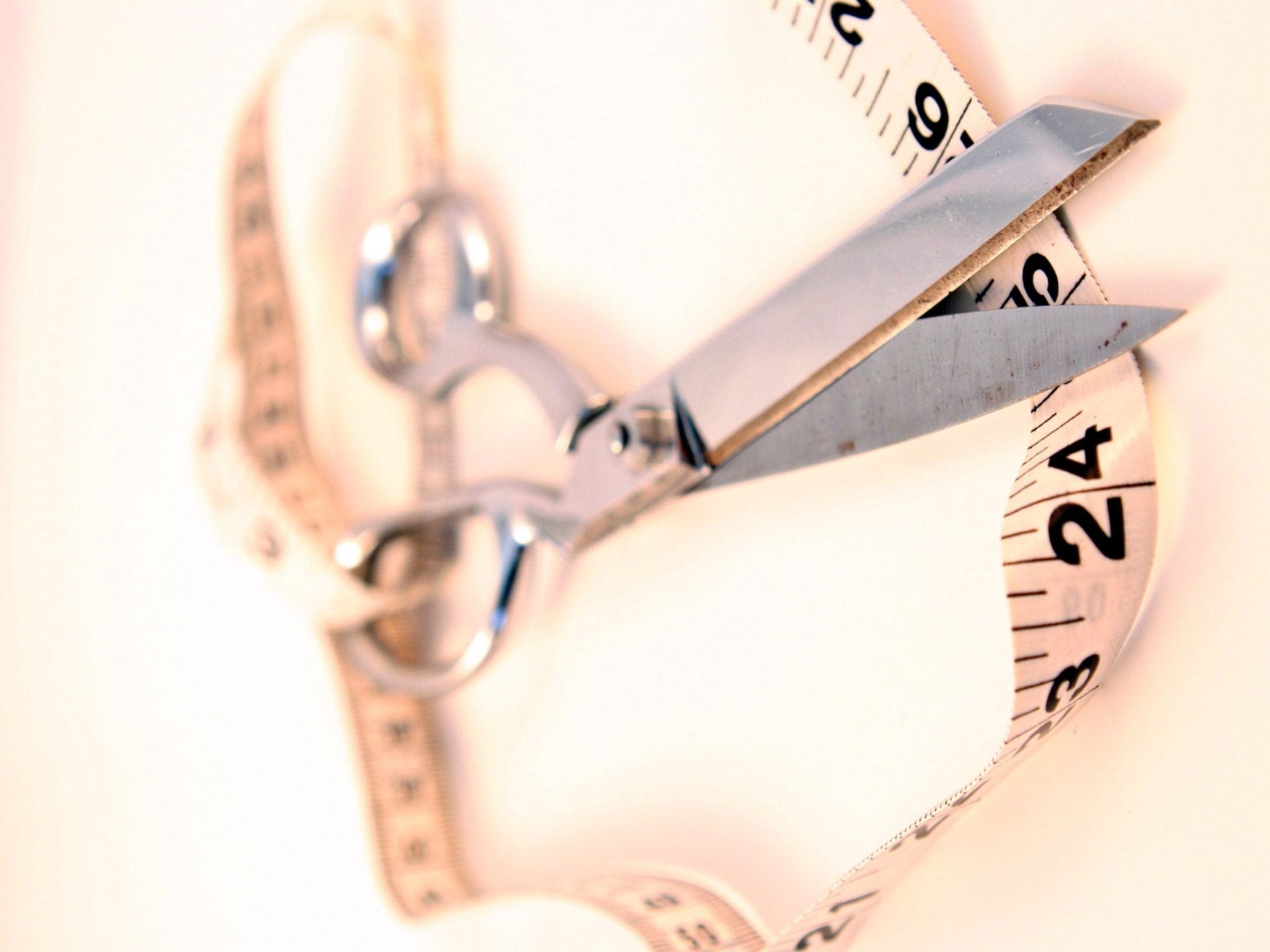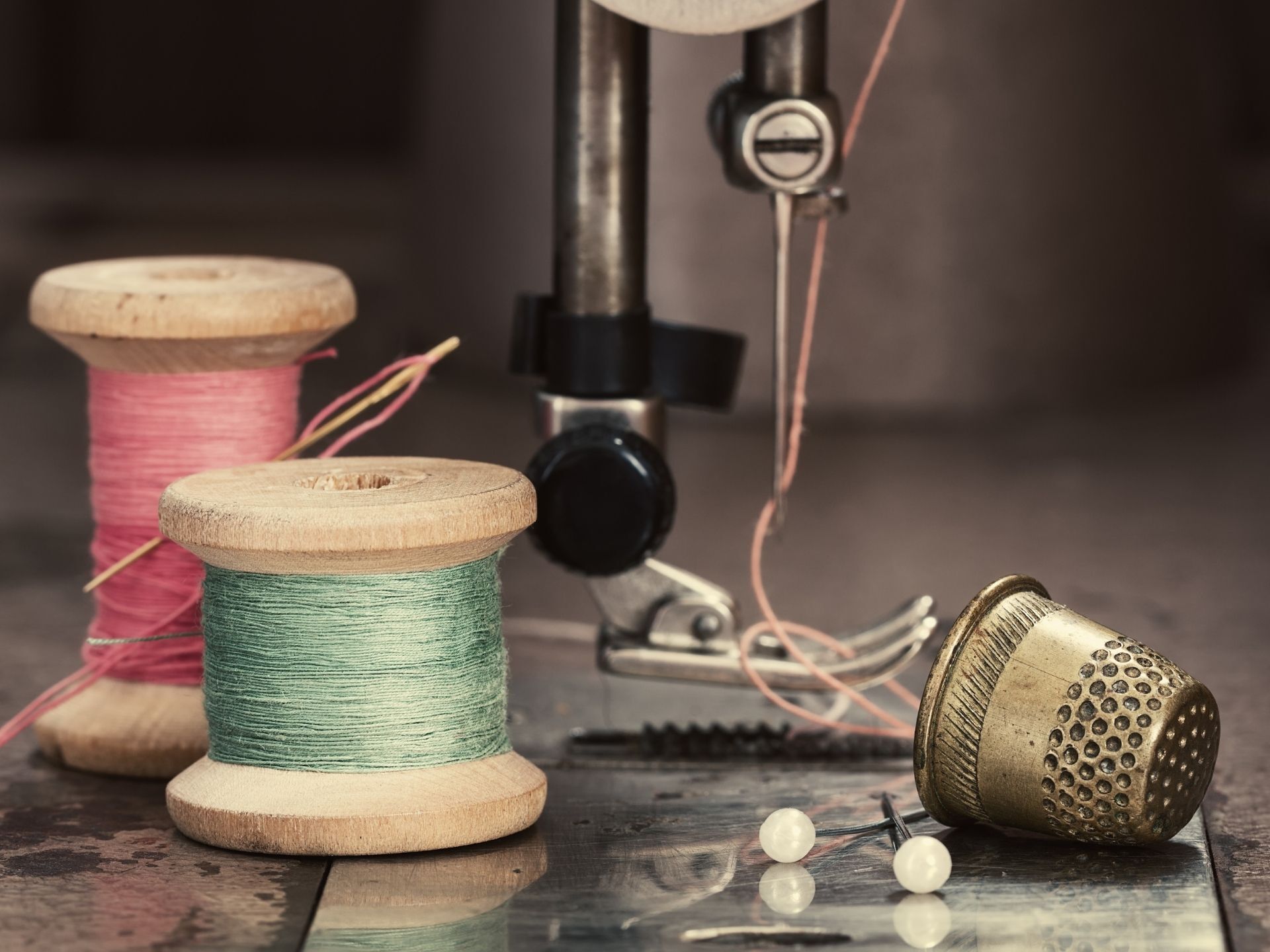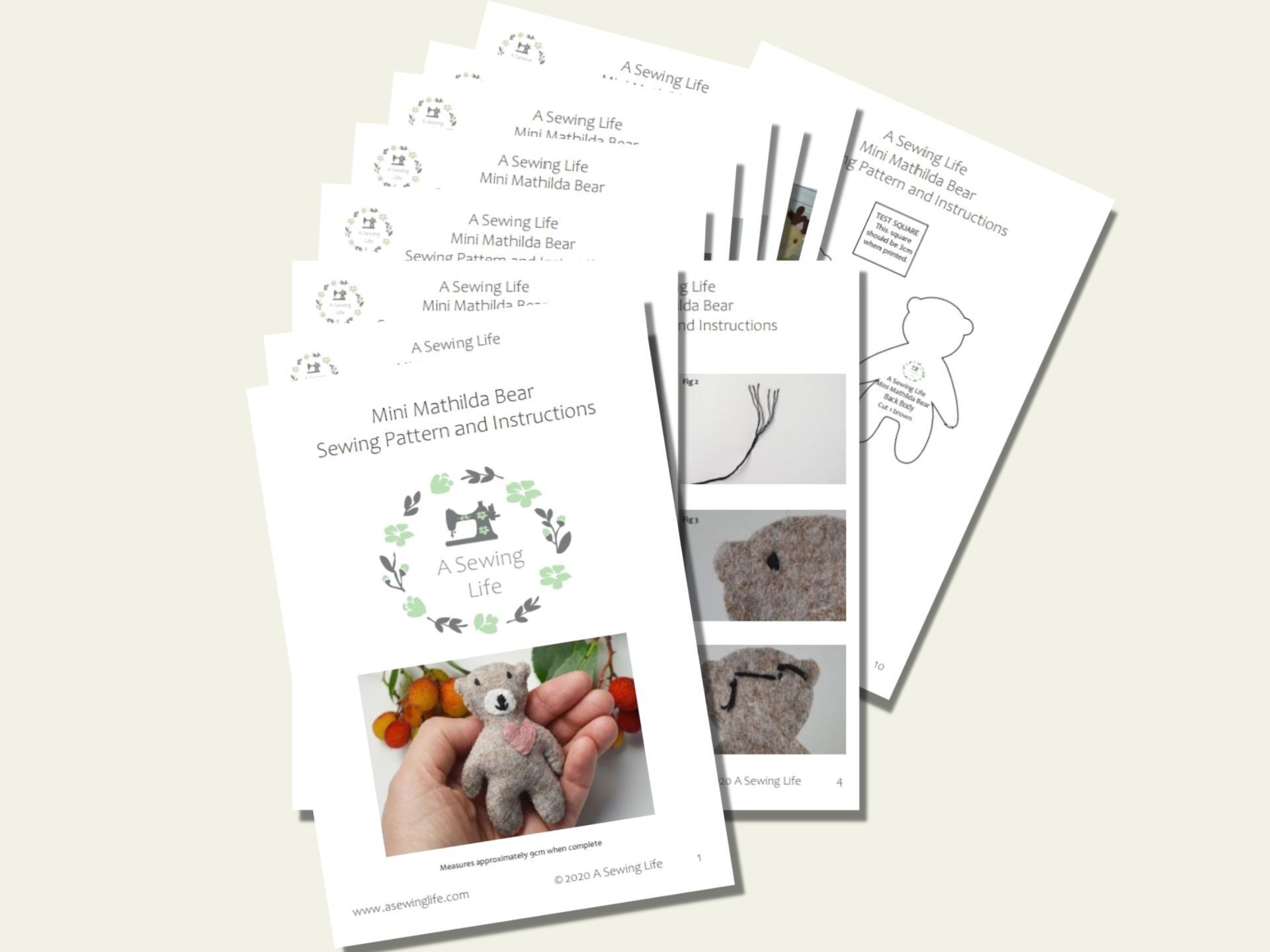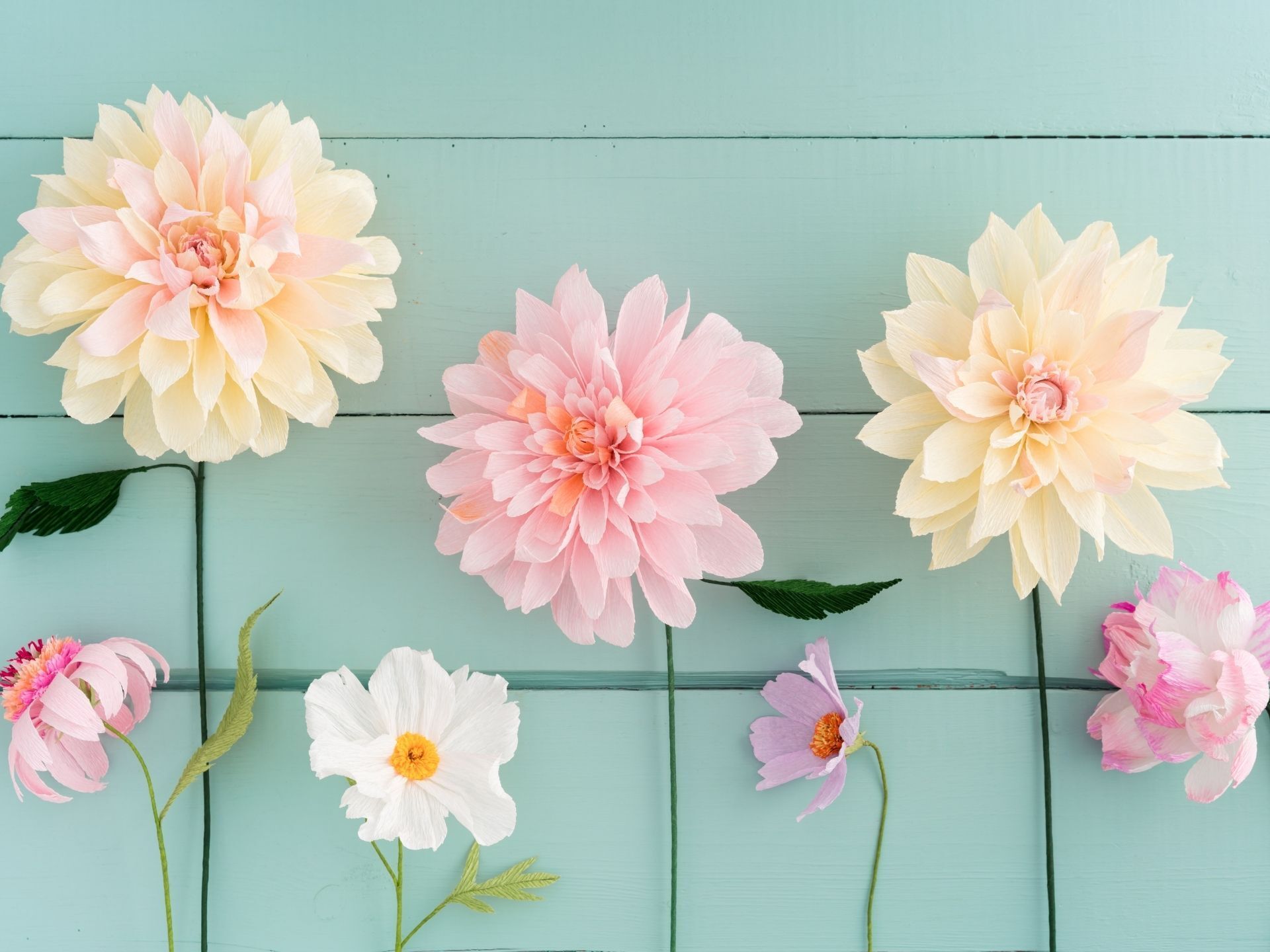25 Sewing Tips for Beginners
Sewing is a wonderful craft that is relatively easy and low cost to start and gives many benefits to your mental health and well-being. It is not an intimidating craft which makes it easy to access. Here are some tips to help you with your sewing as a beginner:
1. Be Prepared
Before you start your sewing project, have everything ready. Choose your fabric, pick a pattern that you like and check that have any accessories and pieces of equipment needed to get going. Start your project at a time when you know that you won't be disturbed so that you can sit and enjoy it in peace.
2. Have Your Basic Sewing Equipment
You can start sewing with the most basic items; needle, thread and fabric. But there are other items such as sewing scissors and a measuring tape that will be needed as you progress. To read more about essential sewing equipment for beginners, click here.
3. Find a Place to Sew
Find a spot in your house to do your sewing. It doesn't have to be a whole room or even a permanent spot, just somewhere you can sit and sew. Ideally, it helps to have good light for sewing so being near a window is wonderful if possible.
4. Keep your Sewing Equipment Together
Keep all of your sewing equipment together in a sewing box or whatever kind of container you prefer. If the place that you sew is somewhere that doubles up as your kitchen table or dining room table, having all of your sewing equipment kept together in a box so that it can easily be brought out and then packed away makes life much easier.
5. Keep all of your Patterns Organised in a File
It is really easy to throw all of your patterns into a drawer and forget about them until you're looking for your next project. But it's much nicer to have them all put into a file with some notes attached reminding you of any small details that will be helpful to know the next time you use the pattern. If you're anything like me, you think you'll remember those tips next time, but usually you don't.
6. Choose a Project you Love
This goes without saying. If you're going to devote hours of your precious time to a sewing project, only ever do it for a project that you love. Click here to browse through our patterns and see if there is a pattern that you fall in love with.
7. Choose the Right Fabric
Because sewing is a creative hobby, there is no right or wrong fabric. Some fabrics are easier to sew with for beginners i.e felt, and some will give beginners a headache i.e silk, but generally, if you fall in love with a fabric, use it.
8. Use a Sharp Needle
Needles are not expensive so always buy the best quality ones because the really cheap ones can be blunt and will not sew properly.
9. Sharpen your Needle Occasionally
To ensure that your needle stays sharp, simply push the needle in and out of some wire wool a few times and it will sharpen the point.
10. Use good Quality Thread
Always use a good quality sewing thread. I use Gutermann All Purpose thread but there are many more good quality ones on the market. A good rule of thumb is that if you can break the thread by pulling it then it is not good enough to use for your sewing project and should only be used as tacking thread.
11.Use a Matching Colour Thread
This is important because, unless you intentionally want to use a contrasting colour as part of the design, you should try and match your thread to the colour of the fabric so that the stitches are not seen. Lay the thread onto a piece of the fabric and see which thread colour is the most similar to the fabric. If the fabric is patterned, match the thread to the colour of the fabric that is most prominent. Always check the colour match in natural daylight, not under a light.
12. Use Sewing Pins
There are many types of pins which will help keep your fabric pieces in place. Glass headed pins are good because they do not melt if they are accidentally ironed over. Silk pins or Lace Pins are small, fine metal pins with no glass or plastic head. They can be good to use for small projects where the normal glass headed pins would be too big and get in the way.
13. Use Scissors for Fabric Only
Any sewer will tell you that the scissors you use for cutting fabric should absolutely not be used for anything else. Do not, under any circumstances, allow your fabric scissors to become the general household scissors that sit in the kitchen drawer and get used to cut paper etc. They will become blunt and will not cut your fabric beautifully.
14. Have 2 pairs of Fabric Scissors if Possible
Spend as much money as you can afford on a decent pair of large sewing scissors to cut fabric and a smaller pair to cut threads and small pieces of fabric. Do not use them to cut anything else and do not lend them to family members who promise they won't use them for anything else.
15. Understand How to Use your Machine
If you are going to be using a sewing machine, spend time getting used to your machine. Try it out on a scrap piece of fabric until you are comfortable with how it sews.
16. Join an On-Line Sewing Community
There are so many on-line sewing communities now that there will be one somewhere to suit your needs. People who sew tend to be nice, kind people who love nothing more than to share their love of the craft. For many people, sewing may have helped them through some tough times and being part of a friendly sewing community is great for everyone's well-being.
17. Buy Patterns from a Business you Like
Patterns are available form the big companies such as Simplicity and Vogue but nowadays there are more small independent businesses producing patterns than ever before. It's great to be able to support these small businesses as you will often get a much more individual product that has had a huge amount of love poured into it. A Sewing Life is such a company. Have a
look through our patterns which have had enormous amounts of time, love and attention to detail poured into them.
18.Understand how to use Digital Patterns
Digital patterns are a great invention from recent years. They are really easy to use and have the advantage of being available to use immediately. If you'd like to read more about how to use them, click here.
19. Use an Iron
When there is an instruction in a pattern to iron a piece of fabric, it is strongly recommend to follow it. It might seem like it's not necessary and going over the top but it really isn't. It will flatten your fabric ready for the next step and will give you a much neater and more professional looking finished item.
20. Check the Temperature of the Iron
Before you iron your fabric during the sewing process, check what temperature the fabric needs the iron to be on. You do not want to ruin a project by burning the fabric because it's impossible to rescue it.
21. Enjoy
This is so important. Enjoy your sewing. Enough said :)
22. Slow Down
Sewing is not a hobby intended for those who like speed. It's a slow and steady hobby that is as much about the process as it is about the finished product. Take your time and enjoy the chance to slow down and enjoy the relaxation.
23.Know that Imperfections add Character
The wonderful freedom that comes with sewing is that if there are any imperfections, they simply add character.
24. Don't Feel Pressured
The joy of sewing is that it's a hobby to enjoy and take at a leisurely pace. There should not be any pressure on you to produce anything at a fast speed because this can sometimes take some of the pleasure out of the project.
25. Use Tutorials to Improve your Skills
There are an enormous amount of tutorials and videos on-line that you can read and watch to teach you lots of the skills you need to sew. It's a good idea to find someone that you trust and whose style you like and use as many of their resources as possible. We like to think that we fall into a trustworthy and likeable category so please take a look at our tutorial pages and our blog posts to help you learn those skills :)
What Next?
A perfect project for beginners is our mini felt bear. When you subscribe the pattern will be sent straight to you. Click here to subscribe.
